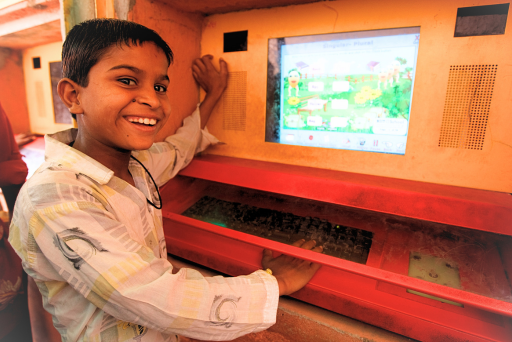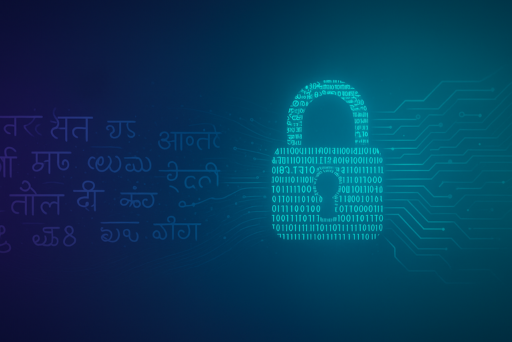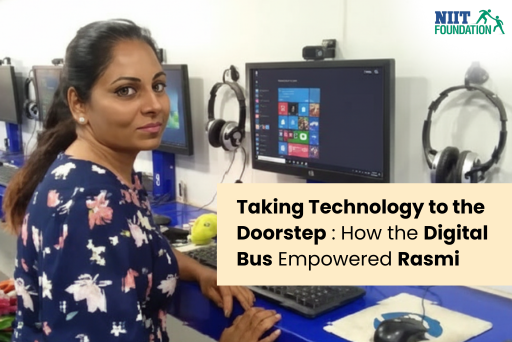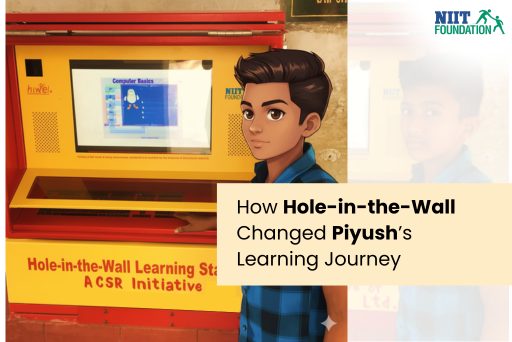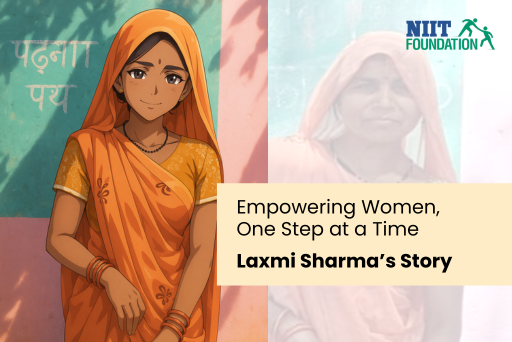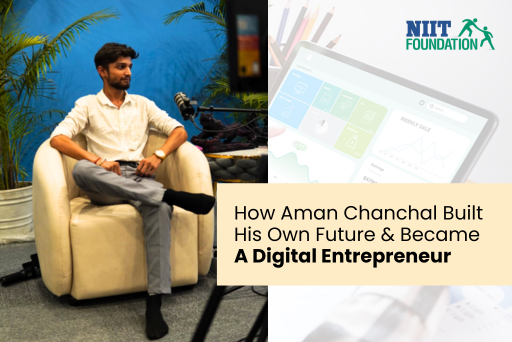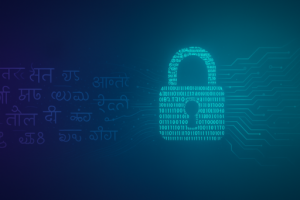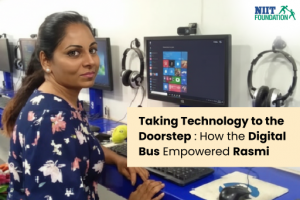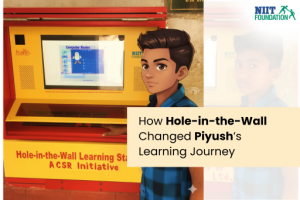What if children could learn without being taught? That question led Dr. Sugata Mitra to undertake a bold experiment that challenged conventional education systems. His concept, Minimally Invasive Education (MIE), proposes that learners, especially children, can acquire knowledge on their own when given the right environment, tools, and freedom to explore. MIE turns the traditional teacher-led classroom on its head, suggesting that education doesn’t always require direct instruction. Instead, it thrives when learners are empowered to explore, collaborate, and take charge of their own learning journey.
The idea of MIE came to life in 1999, when Dr. Mitra conducted his now-famous “Hole in the Wall” experiment in a Delhi slum. A computer was installed into a wall in a public space where children, most of whom had never seen a computer before, could access it freely. What followed was astonishing. The children quickly began to explore the machine, teaching themselves how to use it, browsing the internet, and even learning English to navigate content more effectively. Even more remarkable was how they worked together by sharing discoveries, and helping one another. This experiment became the foundation for MIE, showing that children are not just capable of self-learning but thrive when allowed to direct their own education.
Mitra’s findings revealed several key insights about how learning occurs outside the boundaries of traditional instruction. First, learning through exploration proved incredibly effective. The children used trial and error, tested ideas, and developed a deeper understanding through hands-on engagement rather than passive absorption. Second, collaboration played a vital role. Peer-to-peer learning became a natural outcome, as the children shared knowledge and solved problems together. This informal, social aspect of learning was central to their success. Third, curiosity served as the primary motivator. Without tests or grades, the children remained engaged simply because they were interested and wanted to figure things out. Lastly, the children demonstrated self-regulation, setting their own pace and goals without adult supervision.
Importantly, MIE doesn’t advocate for replacing teachers, but rather reimagining their role. In a minimally invasive setting, teachers act as facilitators or guides. They support students in asking the right questions, finding resources, and reflecting on their progress. The goal is to create a learning environment that encourages autonomy while still offering support when needed. In this model, the teacher steps back just enough to allow discovery, but stays close enough to assist.
Bringing MIE into modern classrooms doesn’t require a radical overhaul. It can start with some simple shifts. Teachers can integrate technology that allows students to learn at their own pace and explore topics of interest. They can design group projects that promote collaboration and peer learning. Encouraging open-ended questions and real-world problem-solving challenges can also promote critical thinking. Finally, creating flexible, student-centered spaces where learners have choices and freedom that can mirror the conditions that made the Hole in the Wall experiment so powerful.
In an age where information is abundant and change is constant, teaching students how to learn is more important than telling them what to learn. Minimally Invasive Education empowers students to become curious, resilient, and independent thinkers. These are qualities that will serve them far beyond the classroom. Dr. Mitra’s work is a compelling reminder that sometimes, the best thing an educator can do is step aside and let children’s natural curiosity lead the way.

